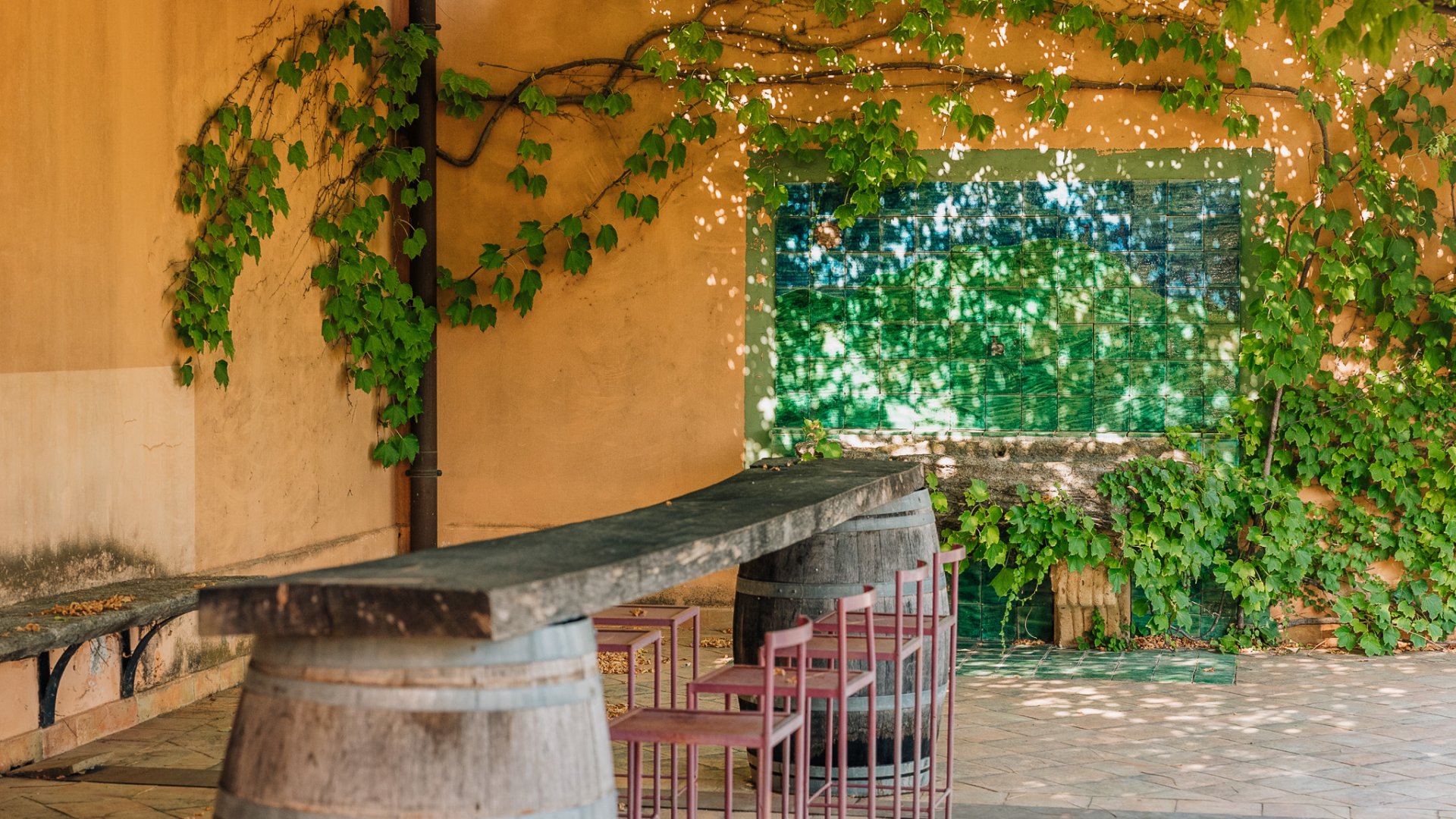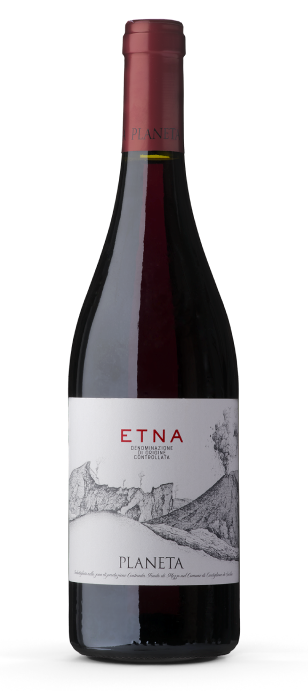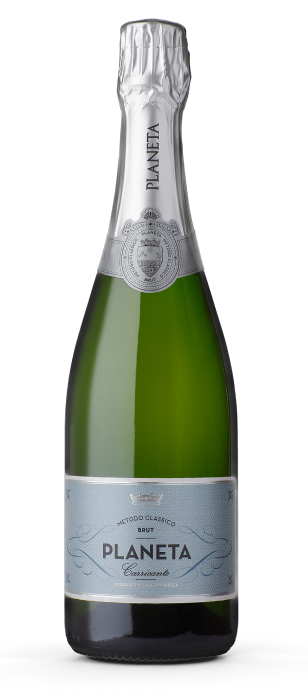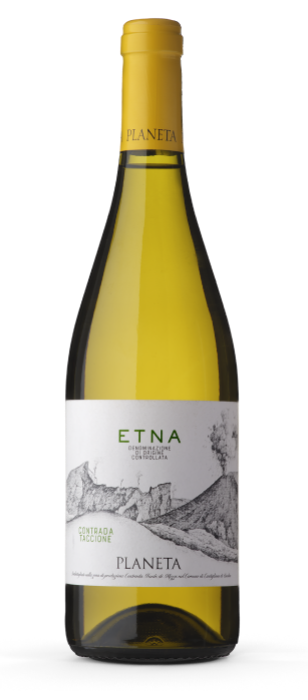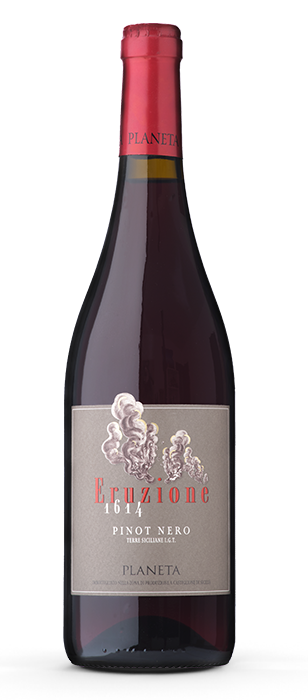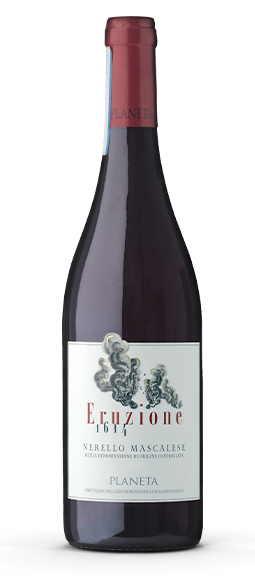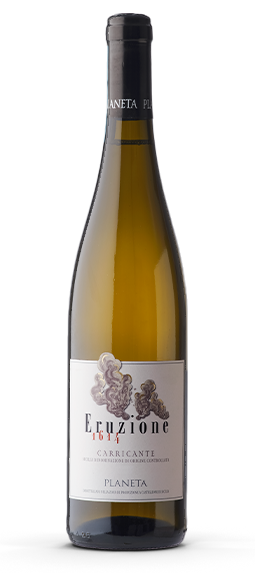When we set eyes on Sciaranuova our research into white wines was our preeminent thought. Due to this, during our first and following years we planted 4,500 vines of Rhine Riesling. An extraordinary variety, cultivated according to the criteria of sustainability and organicity, which loves lava soils and draws benefit from an altitude over 800 metres above sea level on terraces at the edge of the “sciara” created by the eruption of 1614, with its duration of ten years the longest in recorded history.
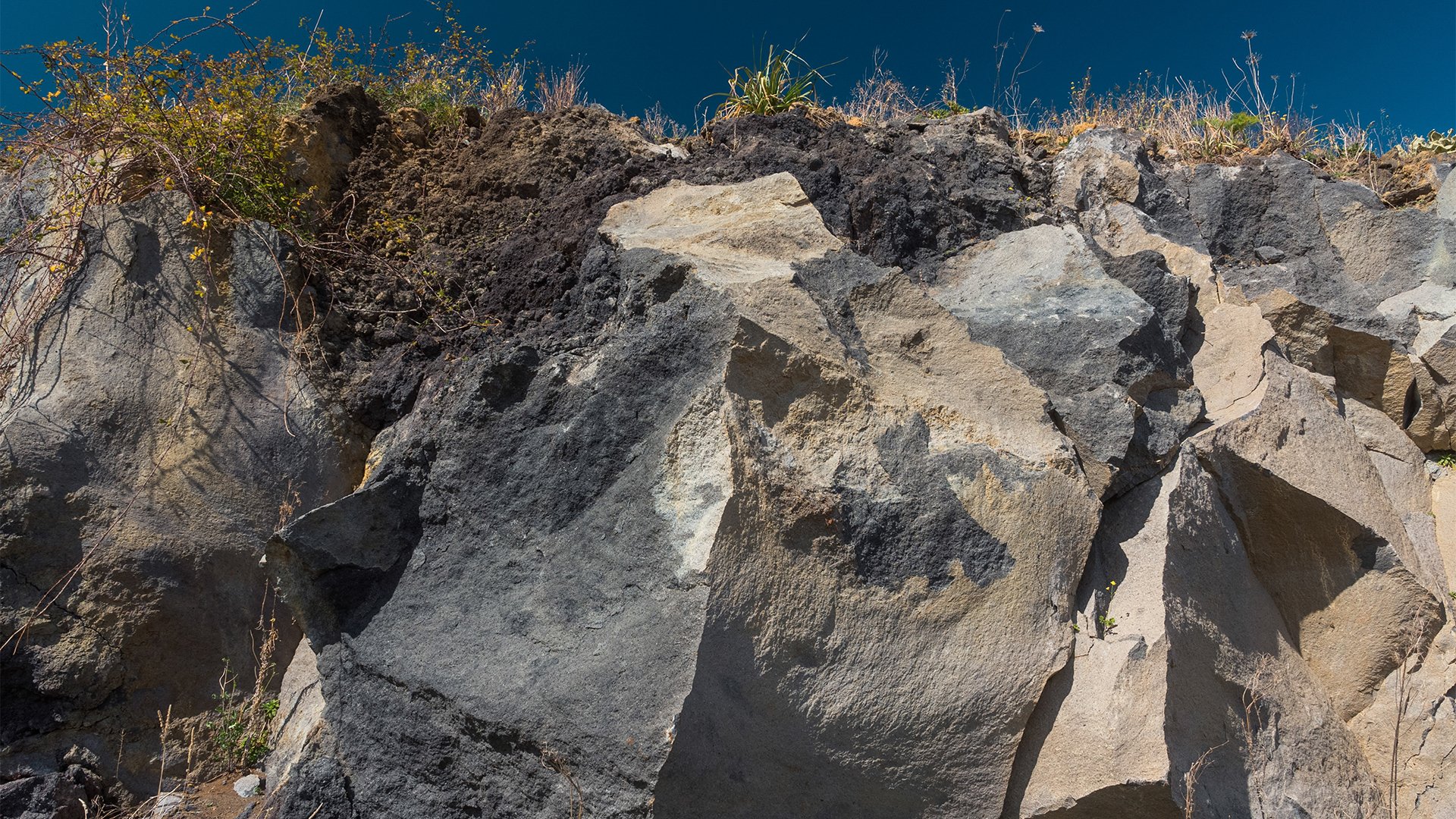
Eruzione 1614 Riesling
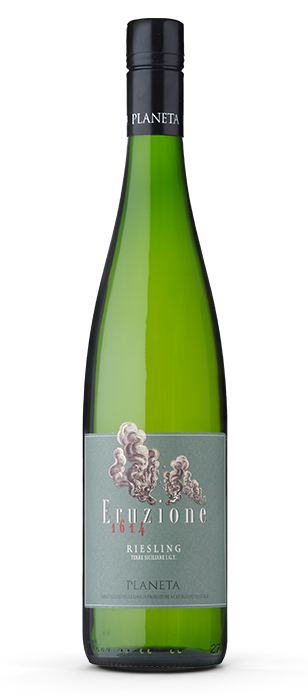

denomination
Terre Siciliane I.G.T.
Variety
100% Riesling Renano
Location
Castiglione di Sicilia (CT)
Vineyard
Sciaranuova
First vintage
2014
Details
type of soil
Ground of perfect situation and exposure, black with lava sands and due to this extraordinarily rich in minerals with abundant structure of large dimensions, surrounded by woods and more recent lava flows.
ALTITUDE
815 metres above sea level.
TRAINING SYSTEM
Espalier with Guyot pruning system.
METHOD OF CULTIVATION
According to the criteria of organic agriculture and SOStain® protocols; ground cover of wild plants to increase the organic substance, favouring the soil’s abundance of microfauna; plant health ensured with small quantities of sulphur and copper; control of phytophages with useful insects, sexual confusion and application of natural restoratives such as zeolite, kaolin and vegetable extracts.
Tasting notes
A unique wine, the first Riesling on Etna and in Sicily. Light colour with green reflections, still young on the nose with all the typical precursors of the ‘king’s variety’; white apple, plum, lemon and yellow flowers. On the palate it is perfectly dry, without excessive acidity. The palate is perhaps its strong point in this youthful phase with that ‘mineral’ taste which experts debate and describe with difficulty.
